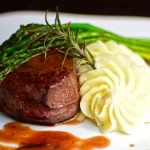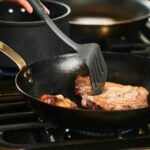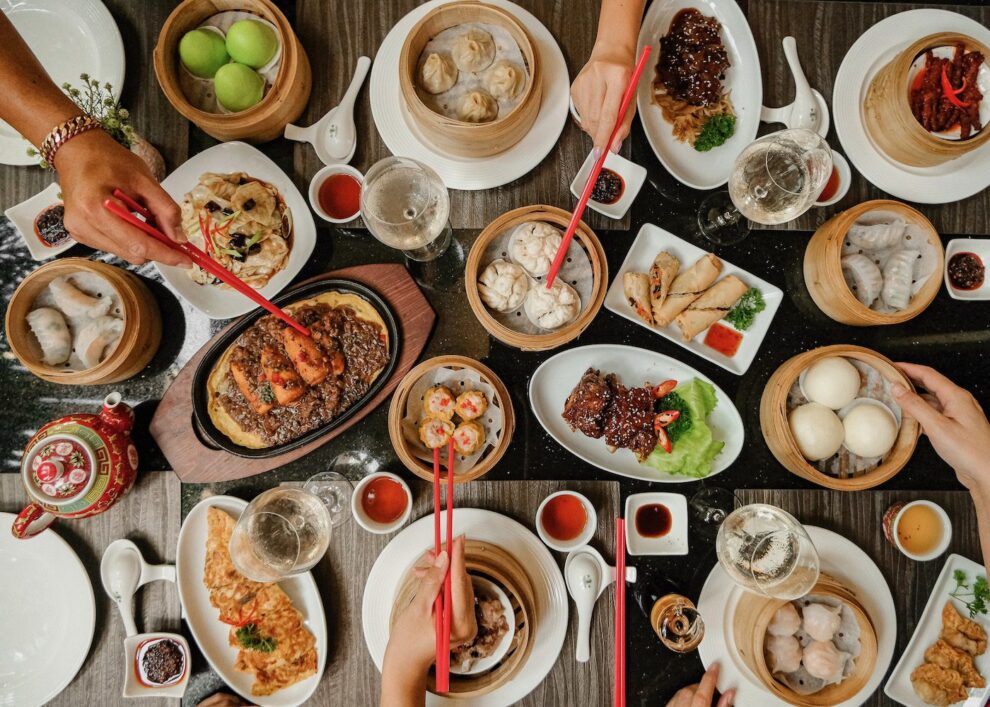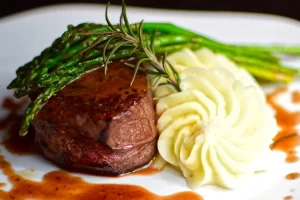If you think Chinese food is heavy, deep-fried and ultimately unsatisfying then you haven’t navigated the menu correctly. Order the Chinese way and your dining experience will be transformed.
Head out at about 6pm. The Chinese eat early and, if you arrive at eight, the best dishes might be gone. If you have a Chinese host, they will customarily do all the ordering, which simplifies your life.
Chinese menus are vast, and the waiter is expected to loiter at the table as you choose dishes. First off, determine what regional cuisine the restaurant offers and be sure to choose at least some of those dishes.
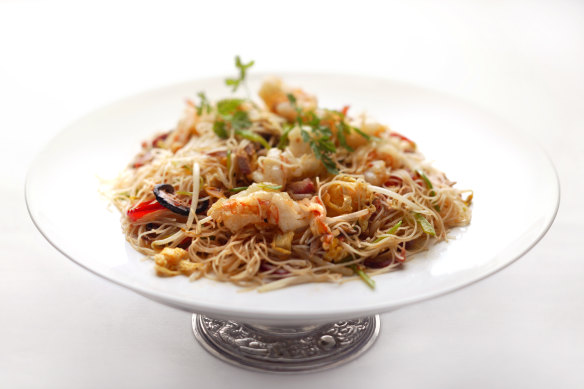
Check out what other diners are eating: if they’re all tucking into the same three dishes, you can bet you should too. In-house specialities are prominently listed early in the menu with several variations, such as numerous types of beef short ribs. It’s your mistake if you order boring beef-and-broccoli from the back of the menu.
Un-Chinese ingredients such as broccoli, peas, carrots, onion, pineapple, and honey or lemon sauce should warn you, in overseas Chinese restaurants, that the food is aimed at untutored foreign palates.
You won’t get authentic food, which is a pity, since real sweet-and-sour (among many other dishes) is far superior to the gluggy, glossy affair we’re familiar with in Australia.
Regional cuisine varies considerably across China, but as a general rule the meal opens with the restaurant’s specialities, and with the more expensive and elaborate dishes such as whole fish, seafood or roast duck.
Most other dishes will arrive all at once, or in random sequence as they’re cooked. They might include cold dishes, stir-fried vegetables, tofu and meat.
Only towards the end do soup and carbohydrates such as rice, noodles or dumplings appear. Desserts aren’t a big feature of Chinese meals but you’ll invariably get sliced fruit.
A balanced Chinese restaurant meal has dishes that are hot and cold, complex and simple, and they vary in taste and texture. The meal should also showcase different cooking techniques such as stir frying, deep frying, steaming, boiling and pickling.
Many foreigners tend to avoid the lighter dishes and go heavy on meat, then grumble about the side-effects of their strongly flavoured, greasy or spicy meal. The Chinese are big on simple greens, clear broths and lighter dishes that balance heavier ones.
This is why the best meals are enjoyed in larger groups, and ordered by a single person. The democratic Australian style of asking each guest what they’d like to order will seldom produce a well-balanced Chinese meal.
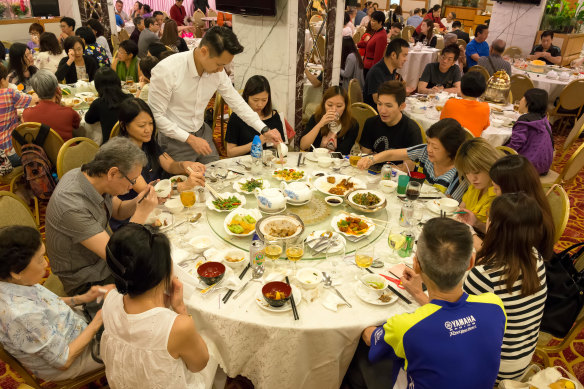
One dish per diner is a good rule of thumb, not including the soup, carbohydrates or dessert. Dishes must be shared. You don’t eat them in any particular order: the point is to mix fish with beef, hot vegetables with cold, so you’re never overwhelmed by a single flavour or texture.
Think of your Chinese meal as a symphony, with each dish a musical instrument delightful in itself, but also required to contribute to the whole – and enjoy.
Source: The Sydney Morning Herald



